-
Jack-O-Lantern Mushroom Revisited
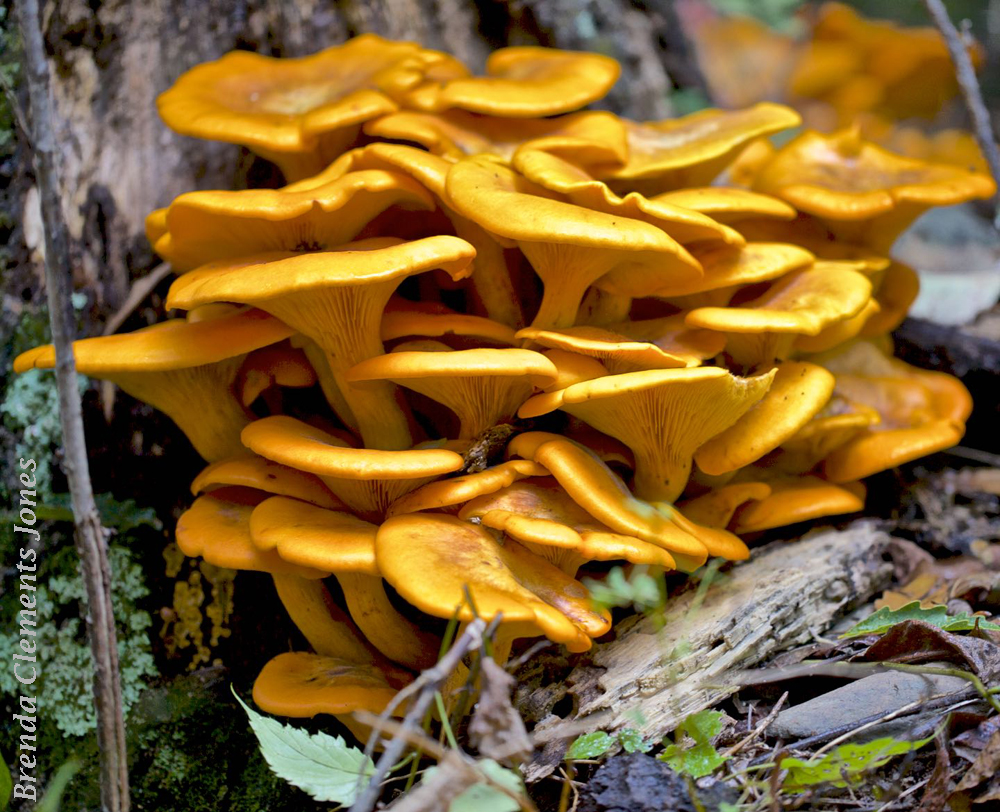
Today is Halloween. Time for Trick or Treat. But don’t get tricked into thinking that this mushroom is a treat. Visually, *DEFINITELY*. But not a treat to eat. Eat the Jack-O-Lantern Mushrooms and you will get treated to headache, stomach cramps, vomiting, and or diarrhrea. Sounds to me like a wicked trick. Jack-O-Lantern Mushrooms are…
-
Indigo Lactarius
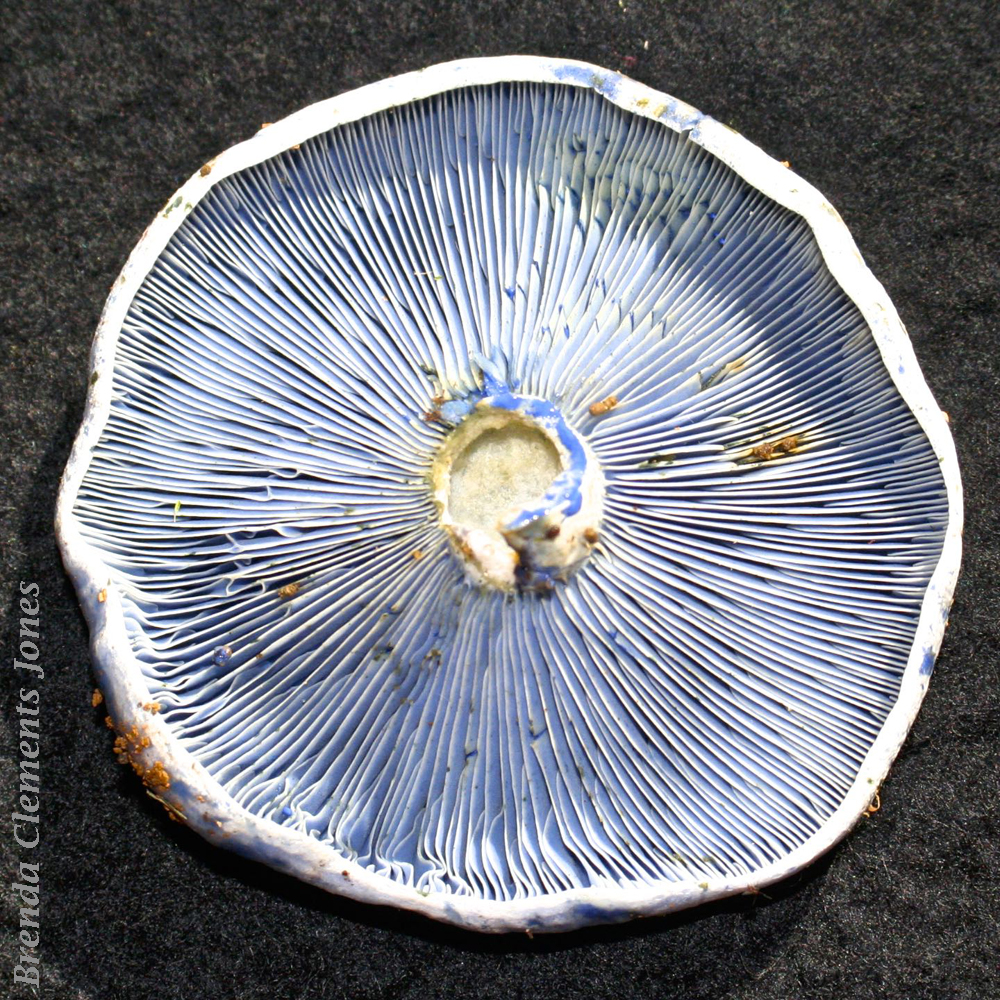
Mushrooms intrigue me, particularly the ones that emerge in surprising colors. This one certainly fills that stipulation. Indigo Lactarius (Lactarius indigo). Mycorrhizal, or having a symbiotic relationship, with pines and oaks. Indigo Lactarius will grow in a large group or a small group, or alone in summer and fall. Found in North America from the…
-
Red-banded Hairstreak
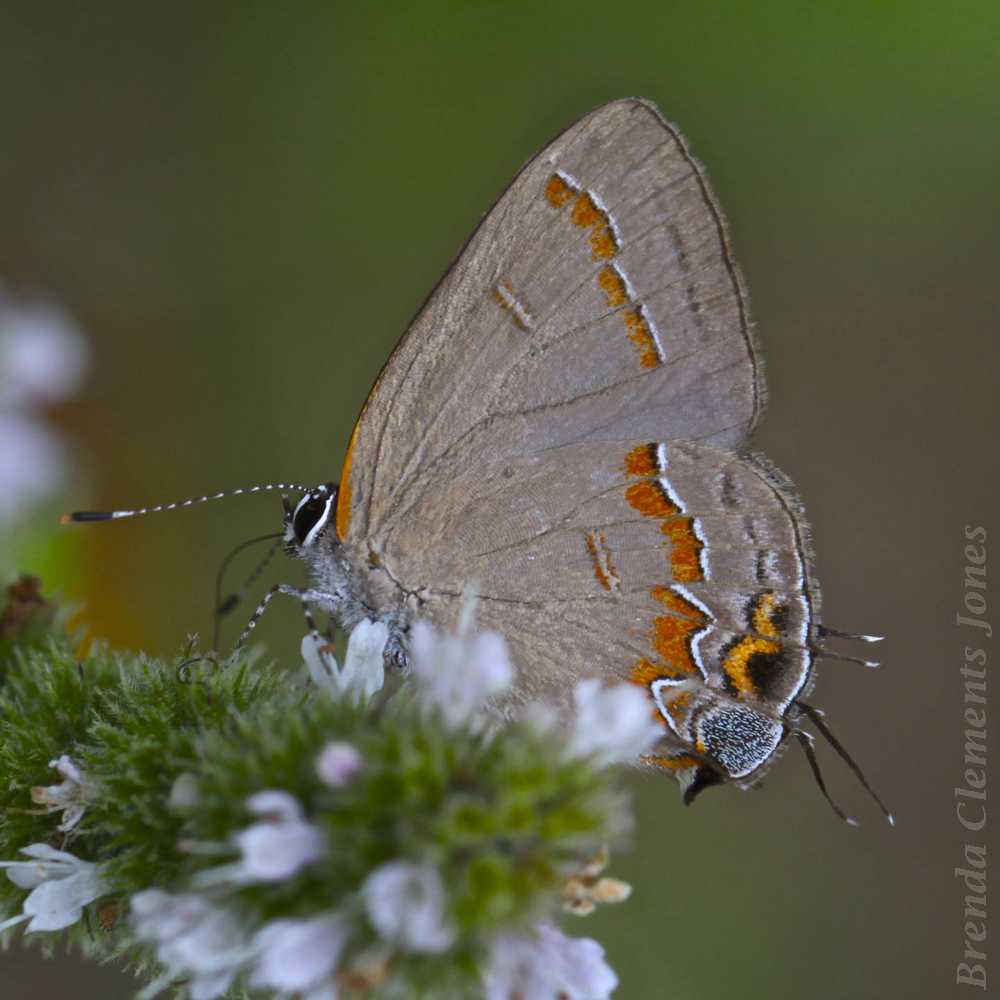
Red-banded Hairstreak (Calycopis cecrops) is native to the southeastern United States. As a caterpillar it has an unusual food source, the fallen leaves of Sumacs, Myrtles, some Oaks and other trees. A mighty teeny butterfly, its wingspan is 1 inch to 1.25 inches, though you’ll seldom see it with its wings open. As a butterfly,…
-
Northern Walkingstick
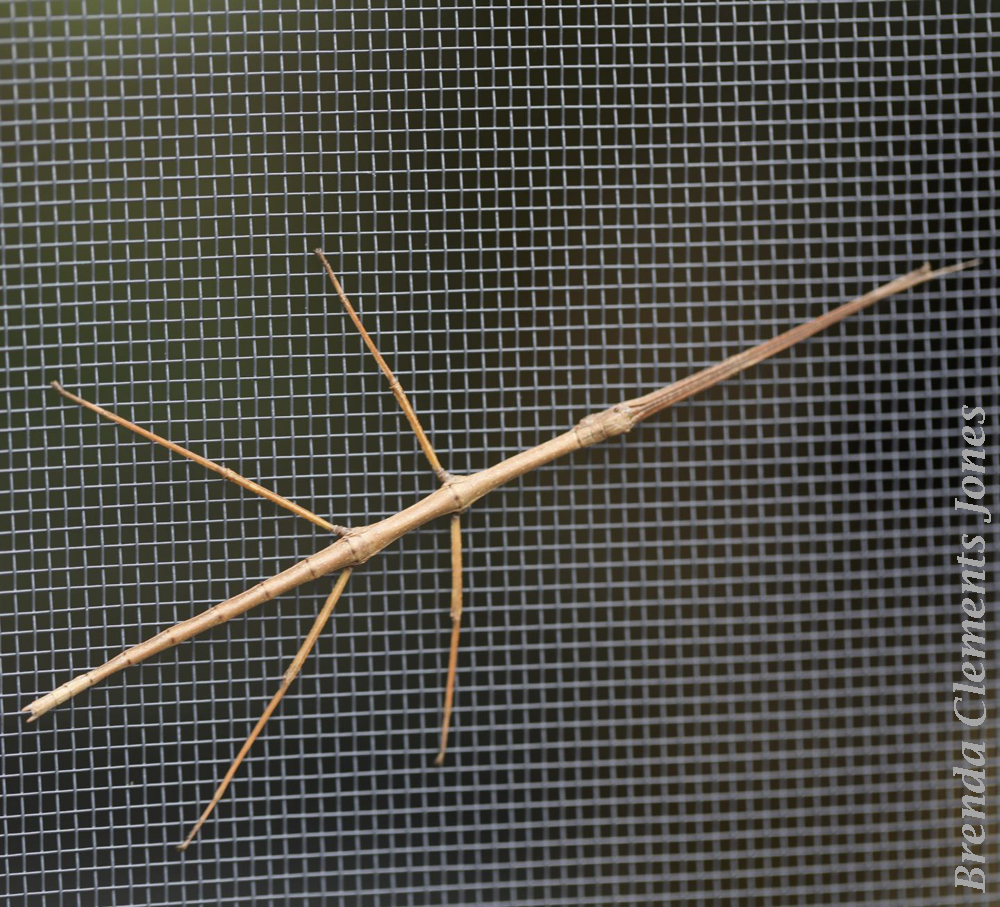
It wasn’t too long ago that I became aware there was an insect called a “walkingstick.” A creature that I would have marveled at as a child. During my growing up years I spent loads of time in the woods, but never did I see such a thing. I’m delighted now that I know about…
-
Bear Corn
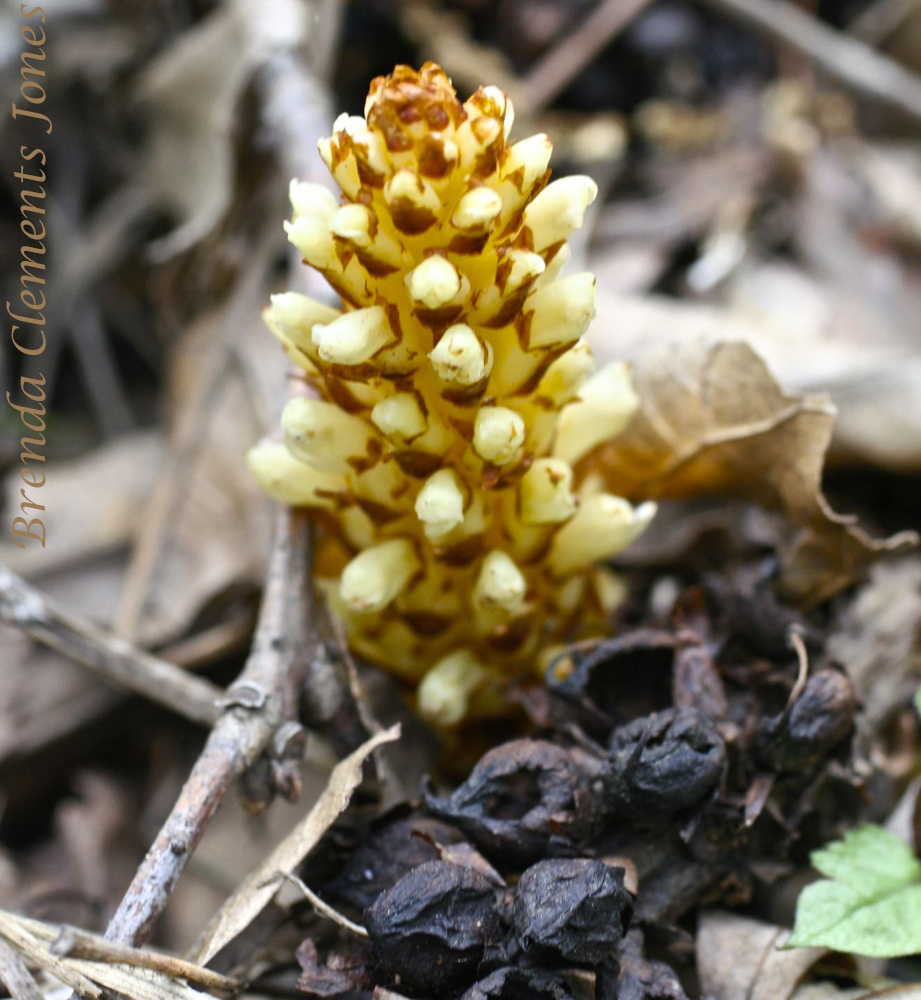
There are so many awesome treasures to be found in the woods. One of those treasures that is right up there near the top of my list is Bear Corn (Conopholis americana). It’s a native to eastern North America. This is a plant that doesn’t have a speck of the color green because Bear Corn…
-
Wood Betony
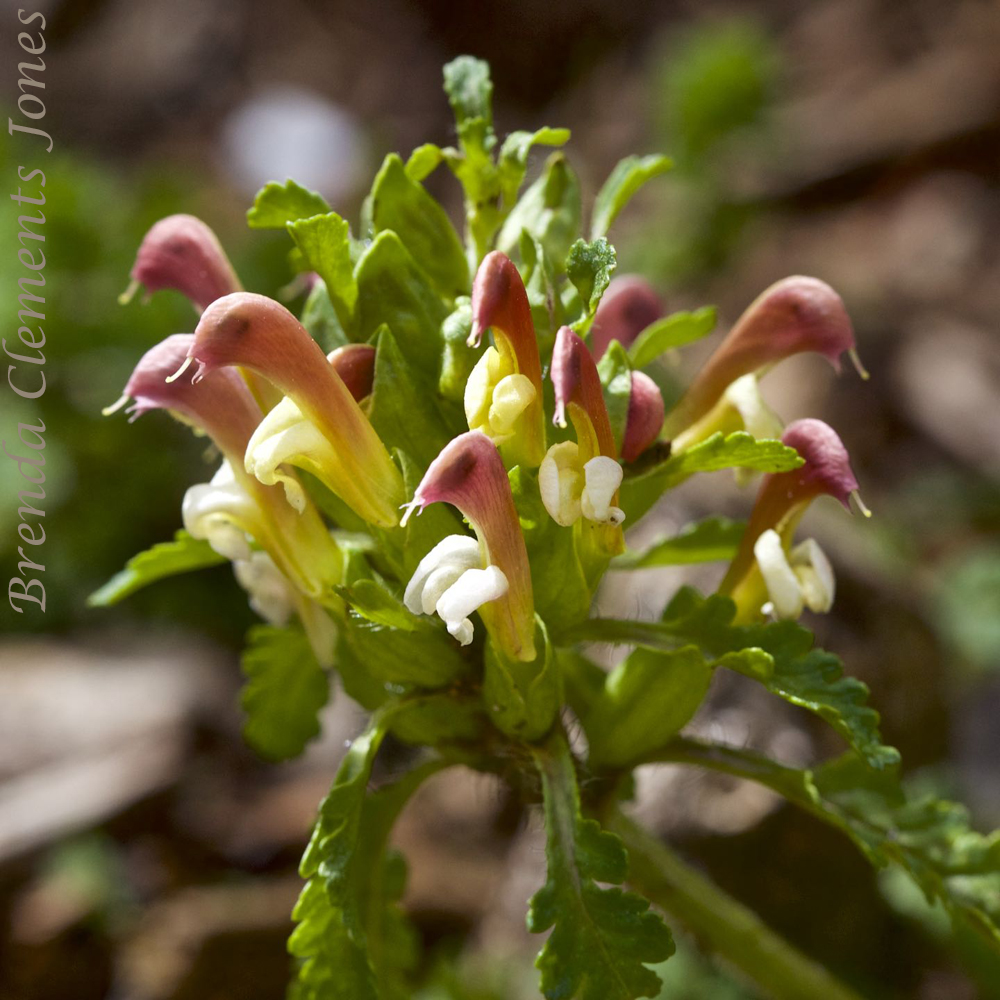
This native perennial is found in southeastern Canada, eastern North America (as well as New Mexico and Colorado) and eastern Mexico. Wood Betony (Pedicularis canadensis). The first time I ever saw this plant was along a trail here in the Blue Ridge. As is often the case, I took a picture of the flower, went…